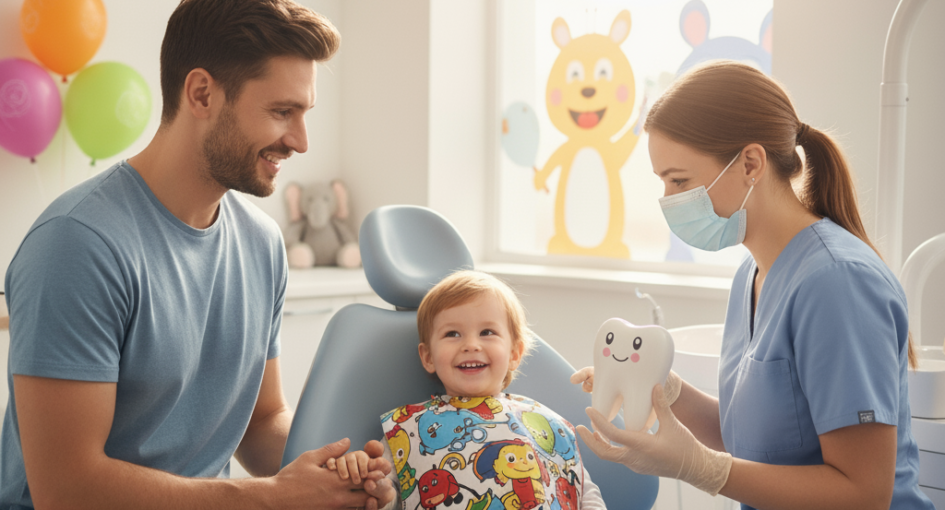You can do lots! Make sure the child brushes twice daily (with age-appropriate fluoride toothpaste), limit sugary snacks/juices, ensure good diet for oral and overall health, supervise brushing until they can do it properly themselves, make dental visits a positive experience (not scary), and communicate regularly with your pediatric dentistry provider about any concerns (thumb‐sucking, trauma, spacing, pain). The home care you provide plus the professional care in pediatric dentistry creates the best outcome.
